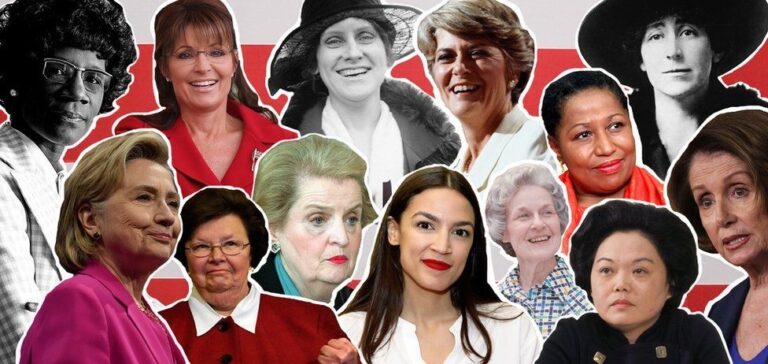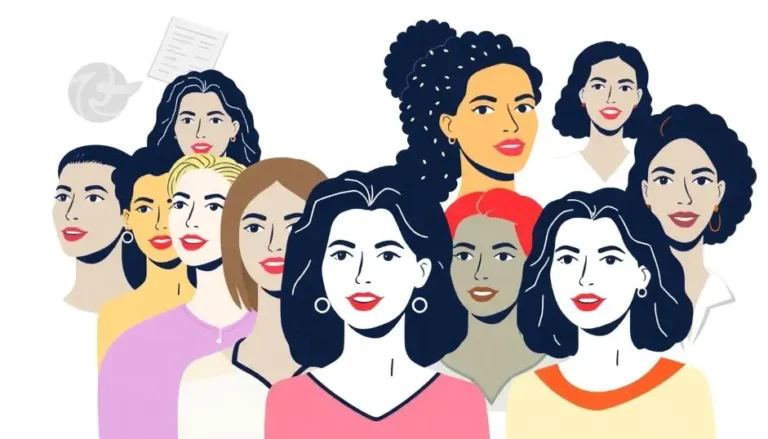Women’s representation in politics significantly affects the policies that shape society. Having more women in decision-making leads to more inclusive policies and better community outcomes. How women are viewed in leadership influences not only how policies are created, but also how they impact various groups within society, particularly marginalized communities.
Research shows that when women are part of government, there is often a shift toward more progressive, equitable policies. This shift can address critical issues such as healthcare, education, and social justice. Despite the progress made in many countries, the journey toward true gender equality in leadership roles remains ongoing, highlighting the necessity for continued advocacy and systemic change.
As discussions around gender representation gain traction, it is essential to understand how this representation affects policy-making. Exploring the relationship between gender diversity and policy outcomes offers valuable insights into creating a more equitable future.
Key Takeaways
- Gender representation in politics leads to more inclusive policymaking.
- Increased female leadership is linked to improved social and development outcomes.
- Ongoing efforts are needed to achieve true gender equality in decision-making roles.
Historical Context of Gender Representation in Policy-Making
Gender representation in policy-making has evolved significantly over time. Understanding this historical context helps to grasp the changes in laws and cultural attitudes regarding women’s roles in governance across different regions.
Evolution of Gender Roles in Governance
Historically, governance was dominated by men, with women often excluded from political roles. In many societies, women were viewed primarily as caregivers, limiting their involvement in decision-making. The suffragette movement in the early 20th century marked a pivotal change. As women began to fight for the right to vote, their roles in politics slowly evolved. The emergence of female political leaders demonstrated that women could hold power and influence policy.
As countries advanced through the 20th century, the inclusion of women in politics increased. Many nations saw the appointment of female ministers and representatives. This shift reflected changing societal views, recognizing that diverse perspectives enrich governance and improve policy outcomes.
Milestones in Gender Equality Legislation
Key legislative milestones have defined gender representation in politics. The late 19th and early 20th centuries saw significant laws granting women the right to vote. For example, the 19th Amendment in the United States was ratified in 1920, allowing women the vote. Similarly, women gained voting rights in several European countries around the same time.
In addition, several nations adopted gender quotas to ensure women’s representation. For instance, countries like Rwanda have implemented laws mandating a certain percentage of women in parliament. These laws aim to reduce gender gaps in political representation and empower women within the governance structure.
Case Studies: Global Perspectives on Gender Inclusivity
Different regions showcase unique approaches to enhancing gender representation in policy-making. In Nordic countries, strong social welfare systems support gender equality, leading to high levels of female political participation. Women hold around 47% of parliamentary seats in Sweden, reflecting effective gender policies.
Conversely, countries like Japan struggle with gender representation, where only about 10% of seats are held by women. Efforts to improve inclusivity, such as promoting mentorship for female politicians, are underway but face cultural barriers. Each case study highlights varying progress and challenges in achieving gender parity in governance.
Implications of Gender Diversity in Policy Outcomes
Gender diversity in policy-making affects various aspects of governance, leading to significant economic benefits, social progress, and differences in policy effectiveness. Recognizing the implications of inclusive representation can enhance the quality of outcomes in different sectors.
Economic Impacts of Gender-Inclusive Policies
Gender-inclusive policies positively affect economies by addressing the needs of a broader population. Research shows that when women participate in decision-making, policies often prioritize economic equality and workforce development.
For example, women leaders are more likely to promote policies that support parental leave, childcare, and equitable pay. These policies not only benefit women but also lead to increased workforce participation, boosting productivity.
A study by Bruce et al. (2022) highlights that nations with higher female representation in political offices tend to experience improved economic development. In summary, gender diversity fosters environments that create opportunities for economic advancement in society.
Social Advancements from Gender Representation Equity
Gender representation leads to critical social advancements, such as improved health care, education, and community support systems. Policies shaped by diverse perspectives tend to be more inclusive and equitable.
For instance, when women are part of policy discussions, they advocate for health programs that address women’s unique needs. This can include maternal health services, which are essential for community well-being.
Moreover, diverse representation often results in enhanced educational opportunities for girls. Studies show that policies formulated with women’s input lead to better access to education and literacy programs. This focus on educational equity can break the cycle of poverty in many communities.
Comparative Analysis of Gender-Specific vs. Non-Specific Policy Formation
The effectiveness of gender-specific policies can be seen when comparing them to non-specific ones. Gender-specific policies directly address the needs of marginalized groups, improving overall conditions in society.
On the other hand, non-specific policies may overlook critical issues faced by women and other gender identities. For instance, policies that do not consider gender disparities may fail to address wage gaps.
Evidence suggests that when policies are developed with a gender lens, they result in better outcomes for all. Areas such as health care, education, and economic support see marked improvements in conditions and opportunities.
In conclusion, gender diversity in policy-making brings about profound implications that enhance societal well-being.







